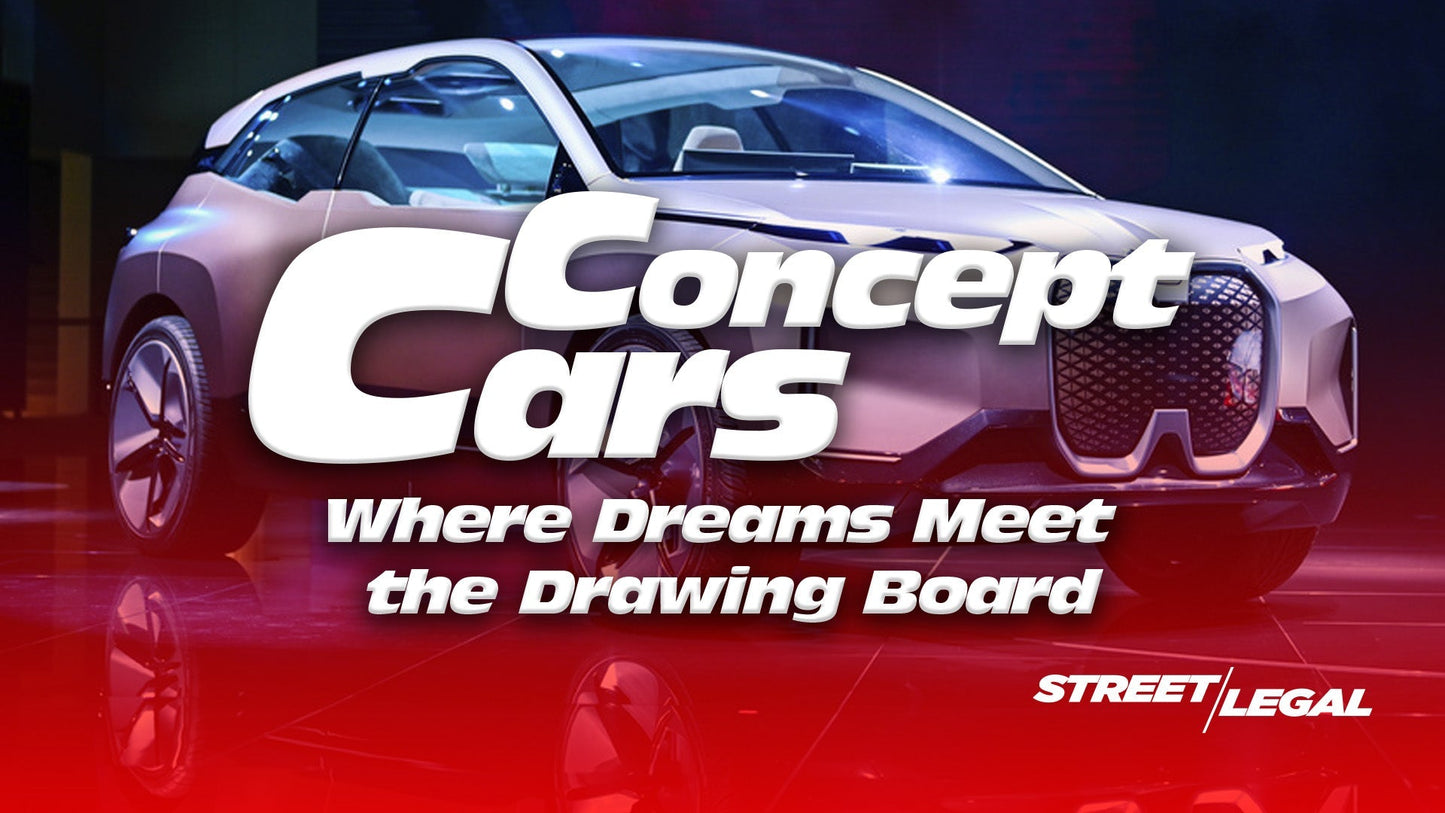

When automakers dream out loud, they build concept cars. These visionary vehicles are where cutting-edge technology, radical design, and ambitious ideas collide. Though most never see a showroom, their influence reverberates through the production models we eventually drive.
Pushing Design Boundaries
Concept cars aren’t shackled by practicality. They don’t need to meet crash regulations, emission standards, or mass production costs. This freedom allows designers to explore outrageous curves, spaceship-like interiors, and materials we don’t typically associate with cars — like suede-covered dashboards or holographic displays.

Mercedes-Benz Vision AVTR, for example, was inspired by Avatar. This eco-conscious beast features a brain-computer interface and bionic flaps on its back that move like scales. It’s part showpiece, part sci-fi prophecy.
Buick Wildcat EV shows off floating seats, a cockpit-like layout, and sweeping LED lights. While these features might not hit the production line in full, their influence is already showing up in Buick interiors.
Test Beds for Tech
Concept cars aren’t just design flexes — they’re also rolling testbeds for the future of mobility. Features like autonomous driving, augmented reality dashboards, or solid-state batteries are often previewed in these prototypes.
Toyota LQ, for instance, uses an AI-powered assistant named "Yui" that learns from your behavior and emotions to offer personalized driving experiences. While its production path is uncertain, it signals Toyota’s AI ambitions.

Influence on Production Models
BMW Vision iNEXT from 2018 seemed futuristic at the time, with its lounge-like interior and bold shape. But today’s BMW iX borrows heavily from that concept’s DNA.

This pattern repeats often. The Acura Precision Concept influenced TLX design. Even the Chevrolet Volt reflects early concept styling in its production form.
Why Enthusiasts Love Concept Cars
For car lovers, concept cars are the ultimate “what if.” They stoke imagination and passion — even if they’re never built. They also capture where a brand thought the future was going at a given time.
Whether it’s the low-slung Mazda RX-Vision teasing a rotary comeback, or the bold Genesis X Concept, these vehicles stir excitement and debate. They’re not just cars — they’re automotive art.


